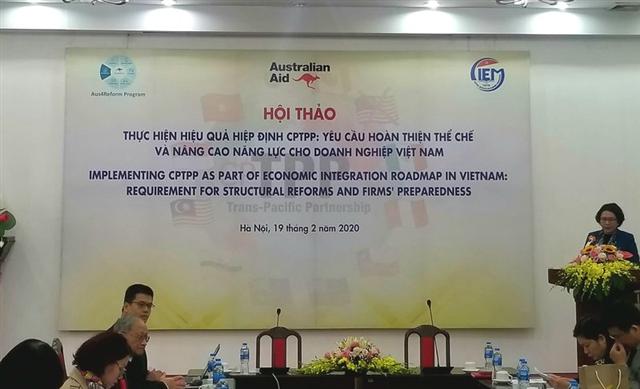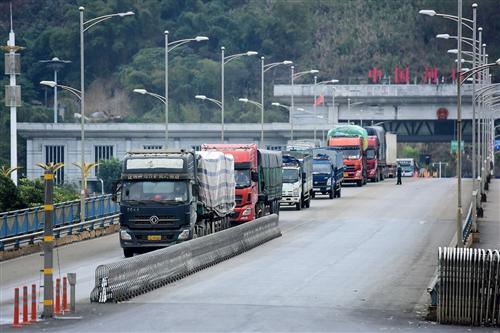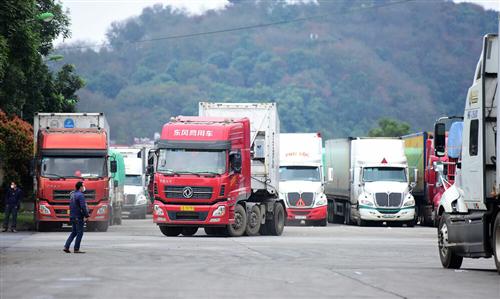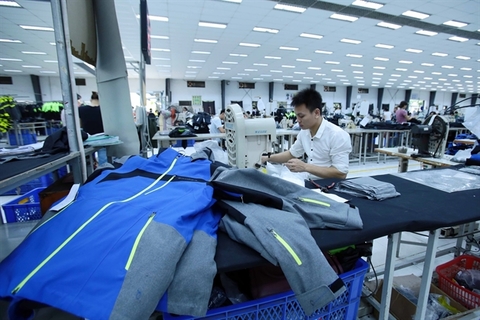CPTPP pressurizes Vietnam to speed up institutional reforms
CPTPP pressurizes Vietnam to speed up institutional reforms
Whether Vietnam could take advantage of the CPTPP would depend on the country’s institutional capabilities and local enterprises' adaptability.
The Comprehensive and Progressive Trans-Pacific Partnership (CPTPP) that has a clear timeline for signatories to realize their commitments would help speed up institutional reforms in Vietnam, according to Nguyen Thi Thu Trang, director of the WTO Center and Integration under the Vietnam Chamber of Commerce and Industry (VCCI).

|
“Given the CPTPP’s broad scope ranging from traditional trading activities to environmental norms and sustainable development, the deal is considered to set standards and direction for a number of institutional reforms in Vietnam,” Trang said at a conference under the program “Australia supports Vietnam’s economic reform” (Aus4Reform) on February 19, discussing the agreement's role in Vietnam’s economic integration roadmap.
“This is clear that whether Vietnam could take advantage of the CPTPP would depend on the country’s institutional capabilities and local enterprises' adaptability,” said Tran Thi Hong Minh, director of the Central Institute for Economic Management (CIEM).
Nguyen Anh Duong, head of CIEM’s Macroeconomic Policy Department, noted the foreign direct investment (FDI) inflow to Vietnam has been increasing steadily in the 2010 – 2019 period, expanding at annual growth rates of 12.4% in number of projects, 5.1% in registered capital and 7.4% in disbursement rate.
Notably, actual FDI amount reached its peak at US$20.4 billion in 2019, showing strong belief of investors in Vietnam’s business and investment environment, Duong said. “It reflects the significance of the CPTPP as it helps drive reforms in the country’s business environment.”
However, the majority of FDI inflow is still concentrated on low-value added sectors that use low or mid-level technologies, while there is only a handful number of high quality FDI projects, Duong added.
Meanwhile, Duong said Vietnam’s utilization rate of preferential treatments in CPTPP remains modest as it’s only been a year since the deal became effective, and local enterprises are still adjusting their operations to its requirements.
Specifically, Vietnam’s exports to six member countries stood at US$34.4 billion last year, up 8.3% year-on-year, and imports of US$30.1 billion, up 1%.
Duong added there were expectations that the CPTPP would help Vietnam diversify its export markets, but in reality, this should be seen as a “long-term goal” and “depends on Vietnam’s effort to restructure its trading activities with partners.”
Regarding the economic impacts of the CPTPP for Vietnam, Trang from the WTO Center and Integration said the institutional impacts at present may outweigh the economic ones, but as commitments in the CPTPP is very similar to those in the EU – Vietnam Free Trade Agreement (EVFTA), a combined economic impacts from these two deals would not only be a major boost, but also motivation for the country to continue its reform process.
Trang said as the EVFTA is scheduled to become effective in the first half of 2020, this would “bring extra motivation for Vietnamese enterprises to step up their preparation processes to grasp opportunities from both CPTPP and EVFTA.”
In addition to Vietnam, the CPTPP comprises Australia, Brunei, Canada, Chile, Japan, Malaysia, Mexico, Singapore, New Zealand and Peru. President Donald Trump withdrew the US from the pact in January 2017 days after his inauguration.
The 11-nation deal economies represent around 13% of global economic output, including the world's third largest economy Japan, and embraces 500 million people. It provides tariff and non-tariff barriers cuts among its members and is designed around high standards on human rights, labor practices, and environmental standards.



























